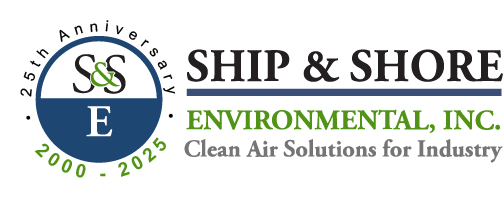Proper RTO System Design
May 16, 2019 1:02 pmProper RTO System Design
Are you getting the most out of your Regenerative Thermal Oxidizer VOC control system planning?
A complete understanding of all process operating conditions can prevent costly design mistakes upfront in the project design process. Initial RTO sizing and design needs to take the following process criteria into account:
- Process exhaust air volumes, including current conditions and accommodation of future process expansion.
- Understanding variable process conditions (Min/Max source conditions for proper operation).
- Process exhaust constituents – This includes any particulate and/or corrosive component in the exhaust flow. Presence of acid forming compounds may require the use of acid gas scrubbers following the RTO to comply with regulations.
- Particulates may necessitate the use of filtration equipment upstream of the RTO to protect heat exchange media from plugging that could affect performance.
- Understanding minimum, average, and peak solvent loading operating conditions. This could affect system initial heat recovery design or whether a hot gas bypass is required.
- Is there an opportunity for secondary heat recovery to save energy?
- Proper location of the system will result in reduced material (ductwork cost, gas and electric utility runs) and reduced utility consumption.
- Understanding potential rebates and incentives that could result from the purchase of air pollution control equipment.
Let Ship & Shore Environmental engineering professionals guide you through best practice system design.
Categorised in: News, Social Media

